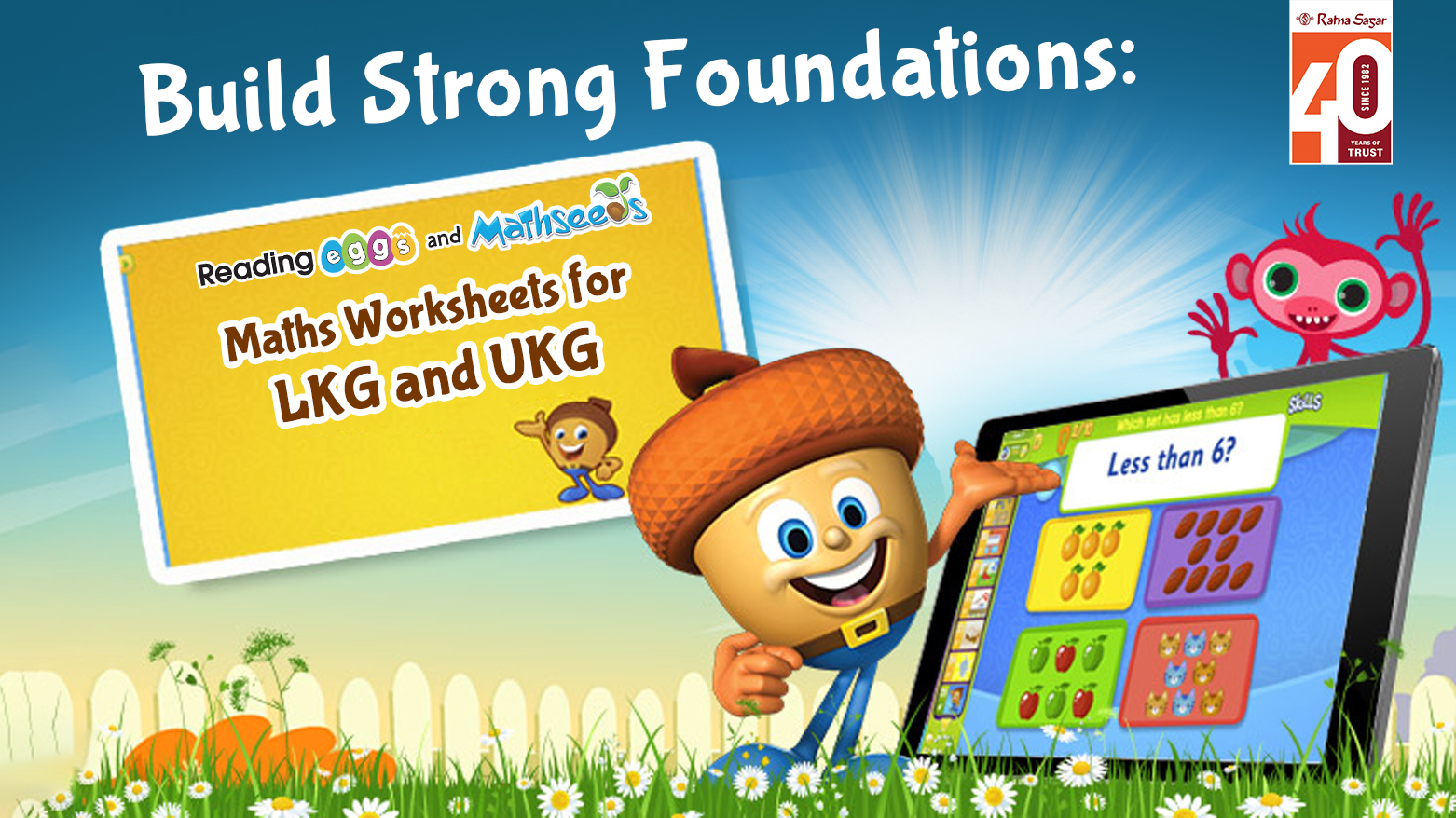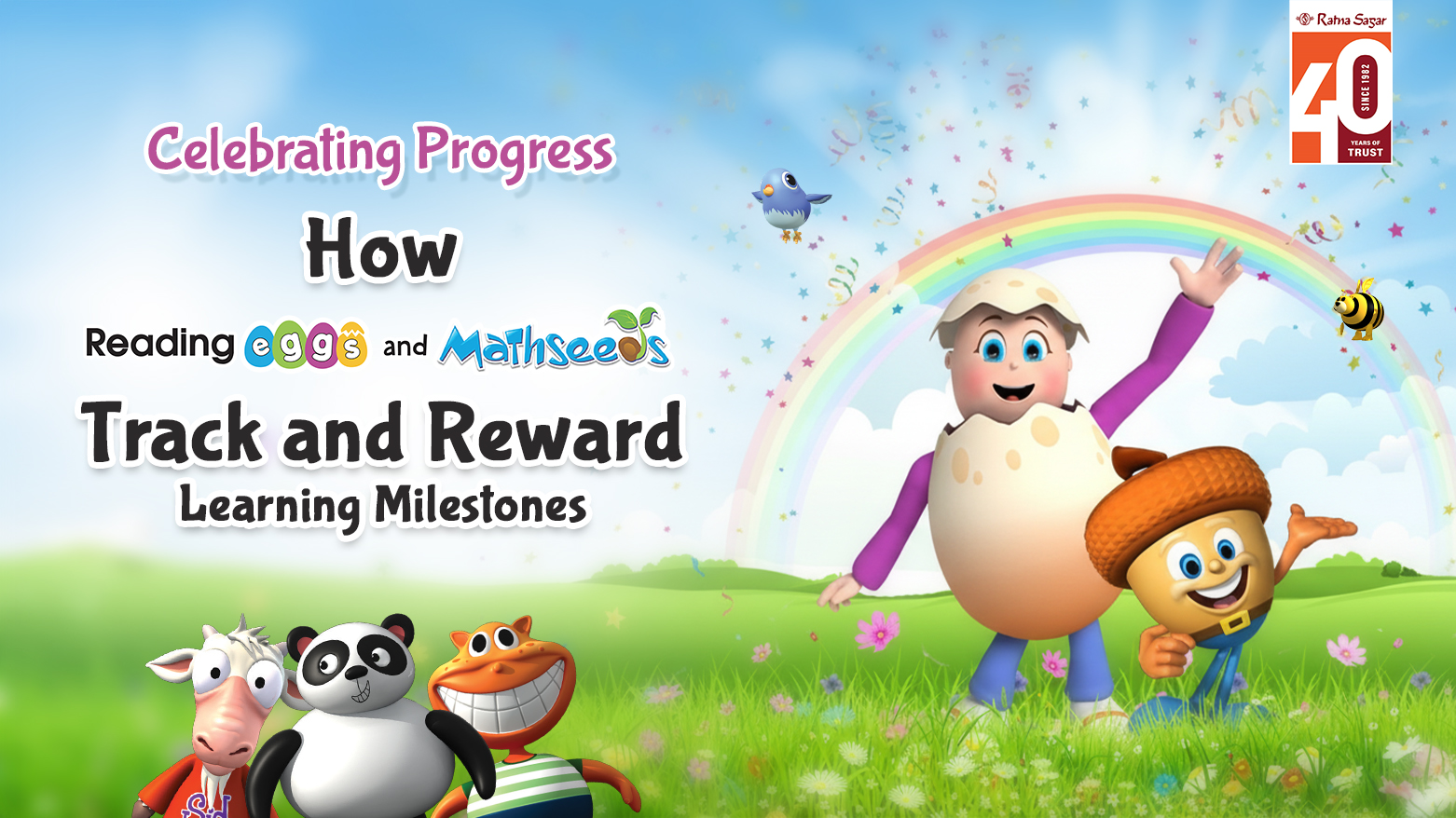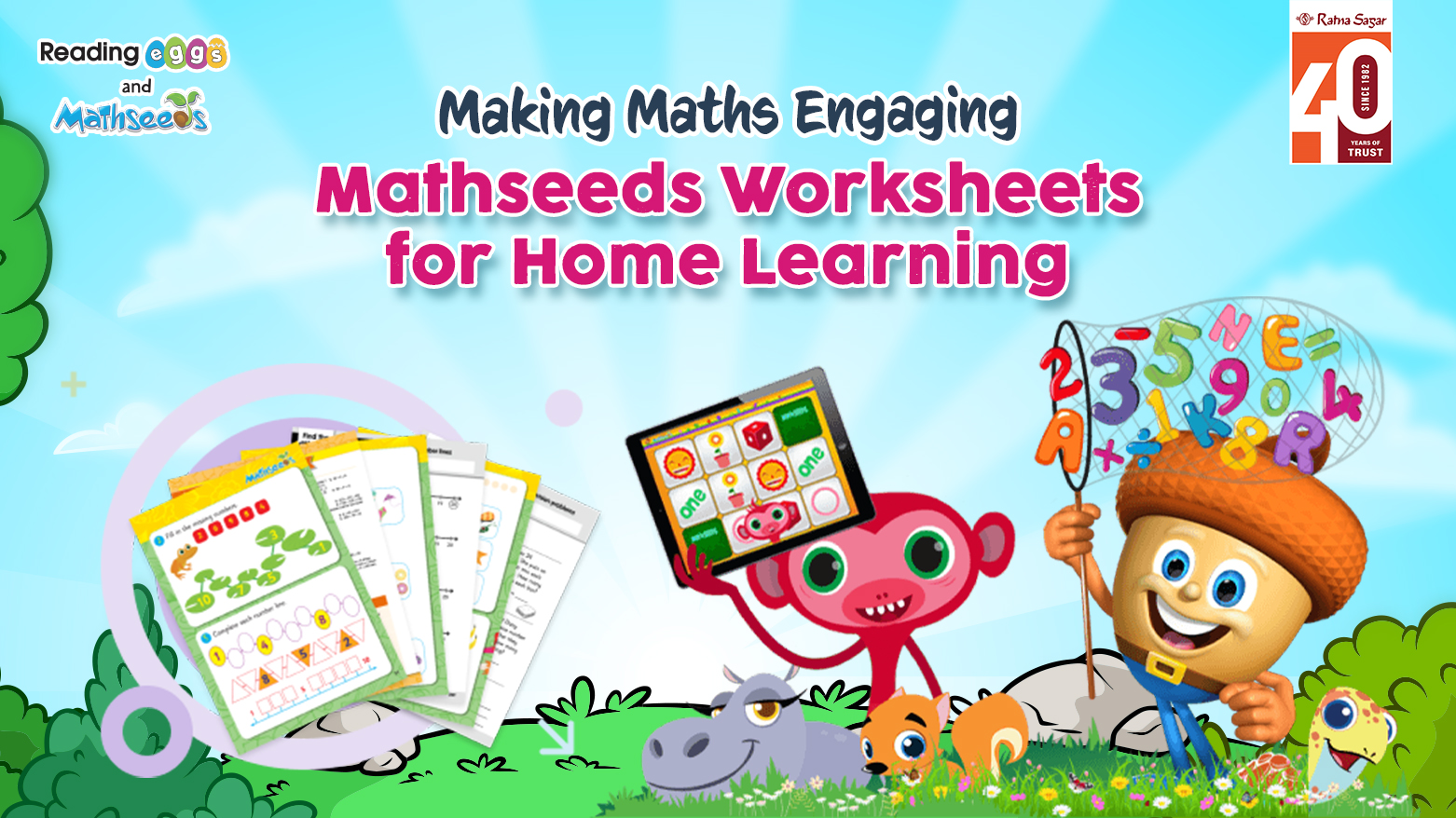10 Fun and Educational Activities to Keep Kids Engaged at Home
In today's fast-paced world, where digital distractions are abundant and outdoor activities might not always be feasible, finding ways to keep children engaged at home becomes crucial. Luckily, there are a plethora of fun and educational activities that can captivate young minds while encouraging learning in a comfortable environment. Whether you're a parent, guardian, or educator, these activities are designed to stimulate curiosity and foster creativity in children. Let's explore a variety of activities to keep kids entertained and learning at home.
Book 7 days FREE trial For Reading Eggs with Ratna Sagar
- Scavenger Hunt Complemented with Learning:
Engage children in activities that get them moving while teaching them about various topics. Start with a simple scavenger hunt focusing on numbers, farm animals, colours and shapes for preschoolers. Modify the game to cover more advanced subjects like numbers, words, foreign languages and general knowledge for school-aged kids.
- Practice Writing:
Encourage children to write using easy techniques such as connecting dots to learn new alphabets or creating letters out of play-dough or on a sand tray. Making writing fun helps children develop essential skills while enjoying themselves.
- Learn the Basics of Phonics:
Equip your child with the gift of reading by teaching them phonics in an engaging way. Turn phonics learning into an adventure by incorporating activities such as using word games, searching for letters, identifying sounds and creating alphabet books.
- Sorting Items to Identify Colours:
Spark children's interest in colours by engaging them in activities like sorting colourful pom-poms, collecting items like marbles and toys, arranging colourful blocks etc. These activities help children recognise colours, learn to count, and begin sorting.
- Develop Counting Skills:
Move beyond reciting numbers by playing games where children physically touch the objects they're counting. For example, give them toffees to count, making the activity both enjoyable and rewarding.
Book 7 days FREE trial For Reading Eggs with Ratna Sagar
- Try a Fun Science Experiment at Home:
Engage in simple science experiments with your children using common household items. For example, try placing flowers in various coloured solutions and watch as they change hues together with your child.
- Plant a Garden:
Utilise your backyard as a classroom for lessons in science, nutrition, and patience. Gardening teaches children about plant development, nutrition, and encourages them to consume the veggies they've grown themselves.
- Explore Cultures Around the World:
Expand your child's understanding of different cultures by engaging them in fun activities such as reading maps and learning about specific countries' cultures. This helps make learning enjoyable and broadens their perspective on the world.
- Dancing Time:
Whether with several children in teams or just two, each participant takes turns dancing. When the music stops, dancers freeze mid-motion. A player from the opposing team calls out a word, and the dancer must respond with a rhyming word within a set time, like 5 seconds. Correct answers keep the dancer's team dancing, while incorrect ones switch to the rival team. Each correct answer earns a point, and the team with the most points and longest dance time wins. This home activity not only promotes fun but also enhances vocabulary skills.
Book 7 days FREE trial For Reading Eggs with Ratna Sagar
- Teach Easy Math:
Introduce mathematical concepts through everyday activities such as counting the number of people in a queue or spotting the number of objects around them. This makes learning numbers enjoyable and accessible for young children. Incorporating these engaging and educational activities into your child's routine not only keeps them entertained but also encourages learning and creativity. Remember to tailor activities to your child's interests and abilities, providing plenty of opportunities for exploration and discovery. With the right balance of structure and freedom, you can create a stimulating environment where children are eager to learn and grow




